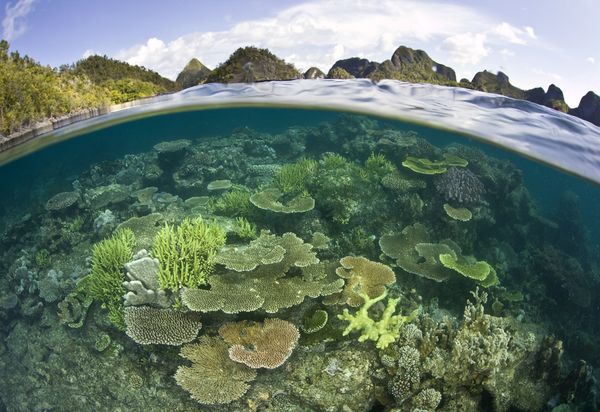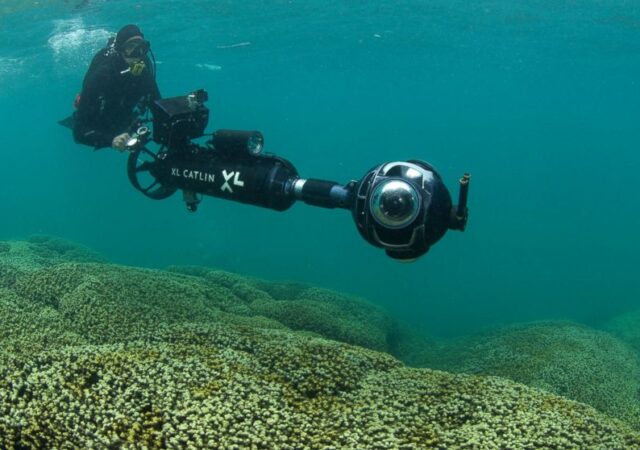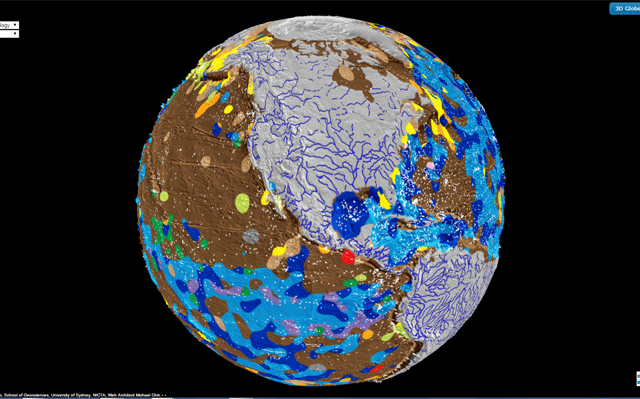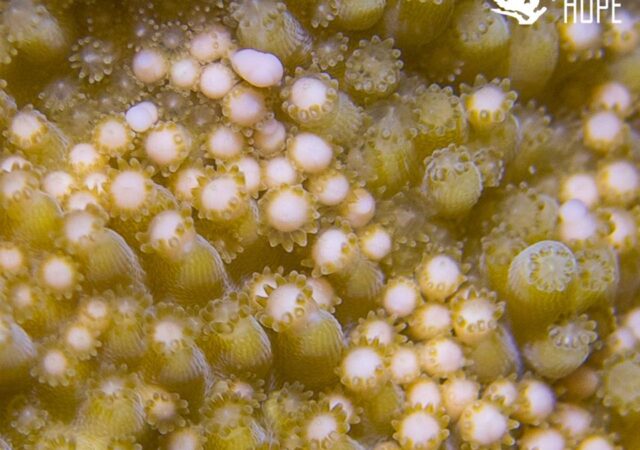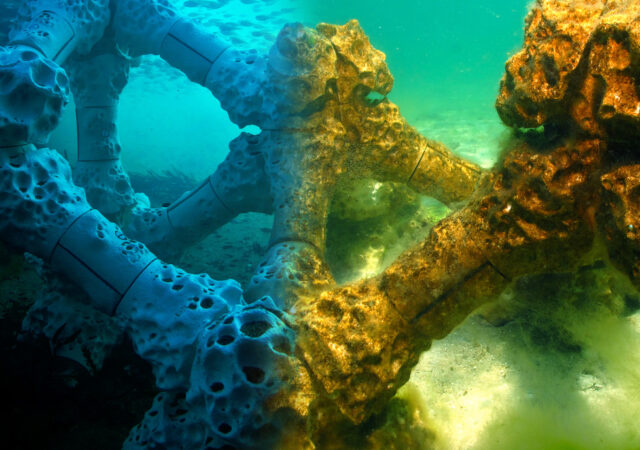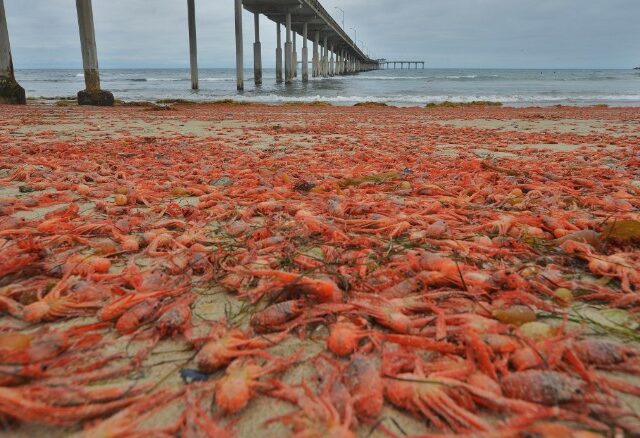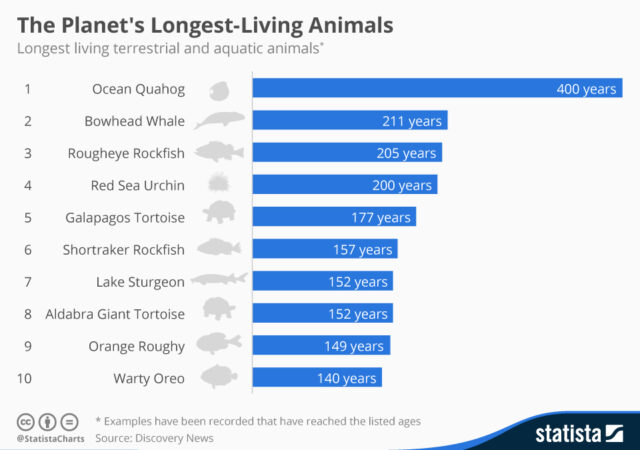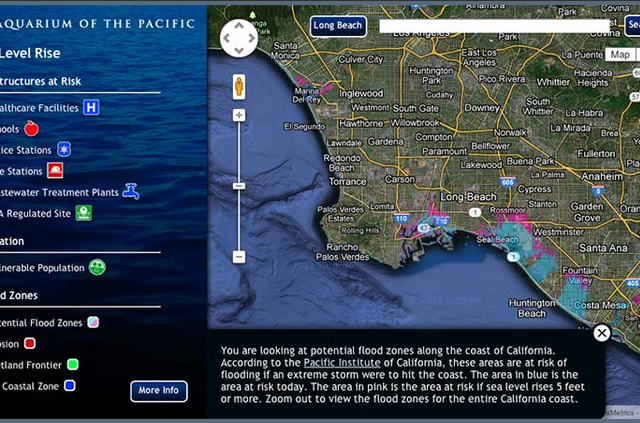The Crown of Thorns starfish (COTS) has been a destructive force on reefs for years. They eat coral and reproduce like mad. Humans have been fighting this creature and now have a new robotic “terminator” helping with the cause. Researchers…
Science
Crossbreeding may be the key to coral survival in warming seas
Researchers are looking for ways to create a more heat resilient coral to battle the negative impacts of warming oceans. By mixing and matching corals of the same species from different latitudes, the team is hoping to find a way…
Hawaii’s reefs gets photographed for Google Street View
First the Great Barrier Reef, then Florida and now Hawaii is getting the Google Street View love. According to a recent Associated Press report, Hawaii’s reefs are getting mapped as part of a larger project by the XL Catlin Seaview…
Scientists use ‘Big Data’ to map ocean floors
The University of Sydney’s School of Geosciences is using big data to build digital maps of the ocean floors. Big data — a broad term describing data sets so large or complex that traditional data processing applications are inadequate —…
An early start to the 2015 Caribbean coral spawn
Corals are known for their synchronistic spawning, typically a week after the last full moon in August. This year with a late blue moon in July the spawning happened earlier than normal. Teams from the Steinhart Aquarium, Seaworld, Akron Zoo, Georgia…
A closer look at the design and applications of Modular Artificial Reef concept
In April we wrote about Alex Goad and his award winning Modular Artificial Reef (MARS) design. The more we read about MARS and the not for profit design studio Reef Design Lab we got thinking about the applications to marine aquariums…
Seahorse tail may be the key to future of robotics
The seahorse might ‘hold’ the answer to better, tougher and more coordinated robots in the future. A team of researchers were inspired by the strangely unique square tail of the seahorse to potential build robots that could perform surgical procedures,…
Millions of tuna crabs wash ashore in Southern California
The warm water off the coast of California have driven millions of tiny, bright red tuna crabs ashore on Southern California beaches recently. Although they look like crawfish or mini lobsters, the pelagic red crabs are typically found along the…
Many of the Earth’s longest-living animals are in the ocean
If you ever were wondering just how long the expected lifespan of things were, then this chart is for you. When comparing what the longest-living animals on earth are, Discovery News found the Ocean Quahog, a bivalve mollusc living on…
What happens to California if sea levels rise? Check out this interactive map
Despite being in the midst of a significant four-year drought here in California, there are some are predicting a super storm in the next few years based on historical evidence and frequency of massive storms. What would happen if the state was hit…



